Name Fred Herko Role Actor | Movies Haircut #1, Kiss | |
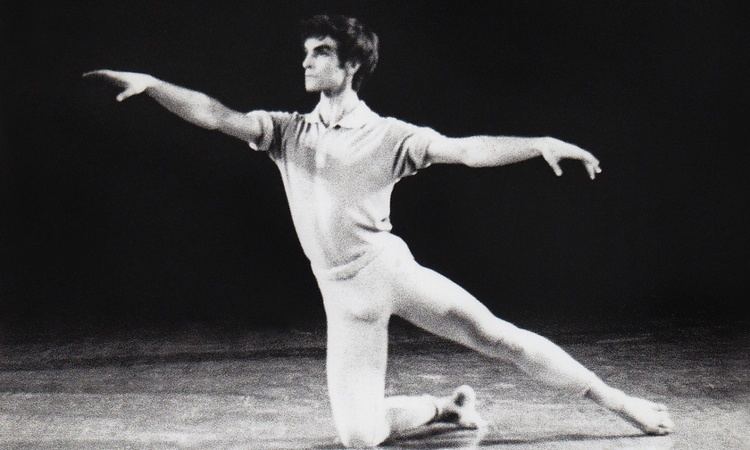 | ||
Full Name Frederick Charles Herko Born February 23, 1936 ( 1936-02-23 ) New York City, New York, U.S. Other names Freddie HerkoFreddy Herko Died October 27, 1964, New York City, New York, United States | ||
Frederick Charles "Freddie" Herko (February 23, 1936 – October 27, 1964) was an artist, musician, actor, dancer, choreographer and teacher.
Contents
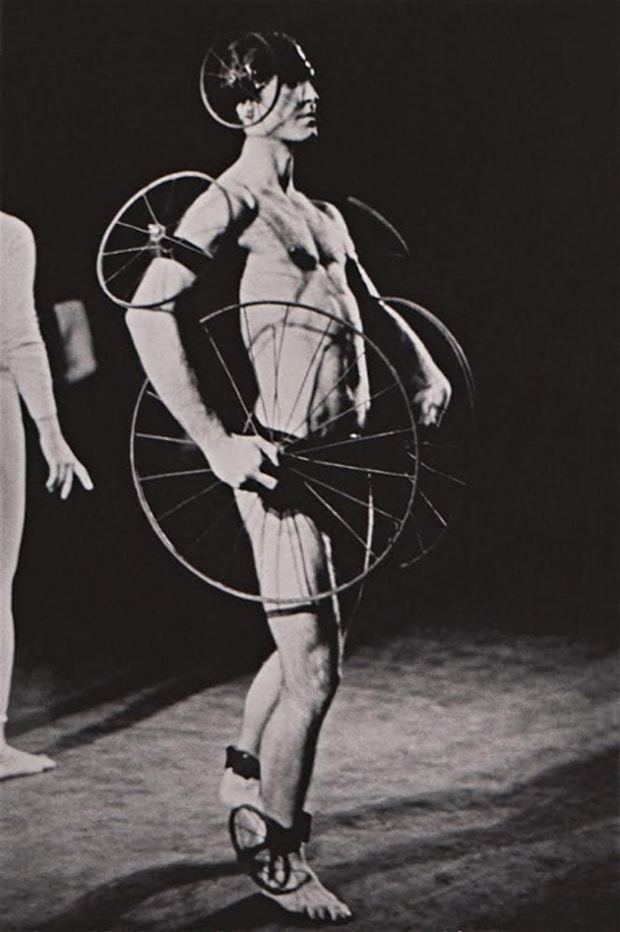
Biography
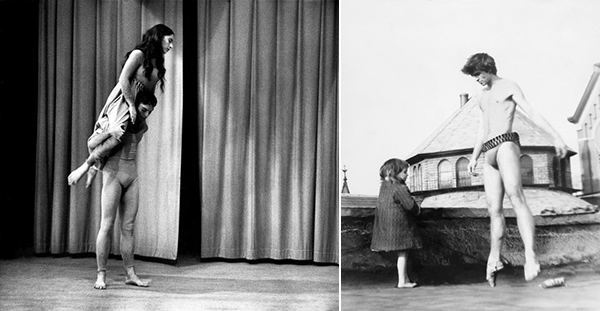
Herko studied piano at the Juilliard School and classical ballet under Valentina Pereyaslavec at the American Ballet Theater School. He took additional dance classes with Merce Cunningham and James Waring. In the late 1950s he was a regular member of James Waring's dance company and also danced with Katherine Litz and Aileen Passloff. He was a member of the Judson Dance Theater, contributing two pieces to the group's inaugural concert on July 6, 1962. He performed in Frank O'Hara’s Love's Labor and several of Andy Warhol’s earliest films including: Haircut (No. 1), Kiss, The Thirteen Most Beautiful Boys, and Rollerskate (also known as Dance Movie).
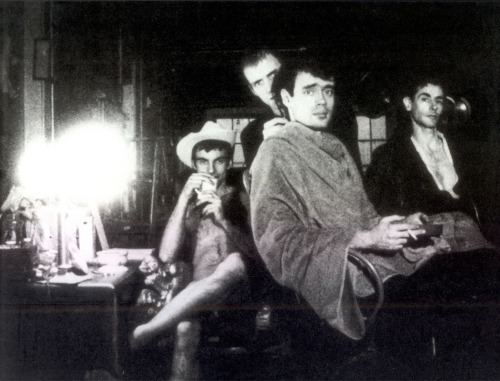
Herko was associated with a group of habitués to Warhol’s Silver Factory on 47th Street including Ondine, Rotten Rita, and Billy Name. Nicknamed “mole people” on account of their intensive speed usage and subterranean habits — “mole because they were known to be tunneling towards some greater insanity that no one but this inner circle was aware of” — members of this group performed their manias and drug routines in a life/art blurring spectacle in crash pads and stages throughout the city. They are best remembered for their roles in many of Warhol's experimental films.
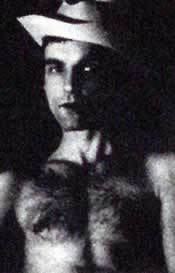
Herko was a close friend of Diane di Prima, who writes of him in her biography Recollections of my Life as a Woman. She met him in 1954 as he sat on a bench in the rain in Washington Square Park. He was “crying because autumn always made him sad.” Later he would tell Diane that, “He needed speed to push his body so he could dance the way he wanted to. He felt otherwise he didn’t have a chance; he had come to dancing too late in life to make it work for him.”
Di Prima describes Herko’s elegiac performance For Sergio: “He arrived in black tights and a leotard, with a fierce archaic face mask painted on his face, and whispered to us to kill all the lights: house lights, stage lights, everything. I noticed he was in toe shoes. Then I stood silent, in awe of what was about to happen — something sacred and diabolical all at once. Freddie had an antique wall sconce with a mirror, the kind that used to hold a candle, and he lit the taper he had placed in it. And in that dark and suddenly silent theatre with his back to the audience, he began laboriously and slowly to go down one side aisle of the theatre, across the front below the proscenium, and up the other side. En pointe. The only music was the sound of his deliberately exaggerated and labored breathing. And the slow scraping of his toe shoes on the rough floor. The light, the flickering light of the candle reflected his painted face in the mirror in his hand ... He was gone again before any of us could move.”
Death

On October 27, 1964, Herko was strung out and homeless. He went to Johnny Dodd’s apartment and took a bath. It is unclear whether he was brought by Dodd, or just showed up. Some accounts say Herko invited a group to watch a performance. According to Dodd, Mozart’s Coronation Mass was playing as Herko emerged from the bath and danced naked in the loft, “occasionally making a run toward the windows. At the time Dodd wondered whether this was going to be the "suicide performance" that Herko had been promising his friends during the weeks prior: "It was obvious that Freddy had to do it now: the time and the place were right, the decor was right, the music was right." As the music climaxed, Herko leapt through the open window. It was five flights down to Cornelia Street below.
Afterwards, Di Prima went to Deborah Lee’s apartment where some of Herko’s things were stored. "She and I went through it together. Black velvet was everywhere. Many shards of mirrors. Magick wands made out of old bedposts. Feathers. Lace. Broken statuary. Scraps of fabric, or carpet. Everything thick with some dark energy. There was one whole attaché case of male pornography carefully cut out of magazines, as if for use in collage. On the floor in his room there was a book by Mary Renault open at the page where the king leaps into the sea. Where the ritual to renew the world is described. It was the closest we found to a suicide note."
